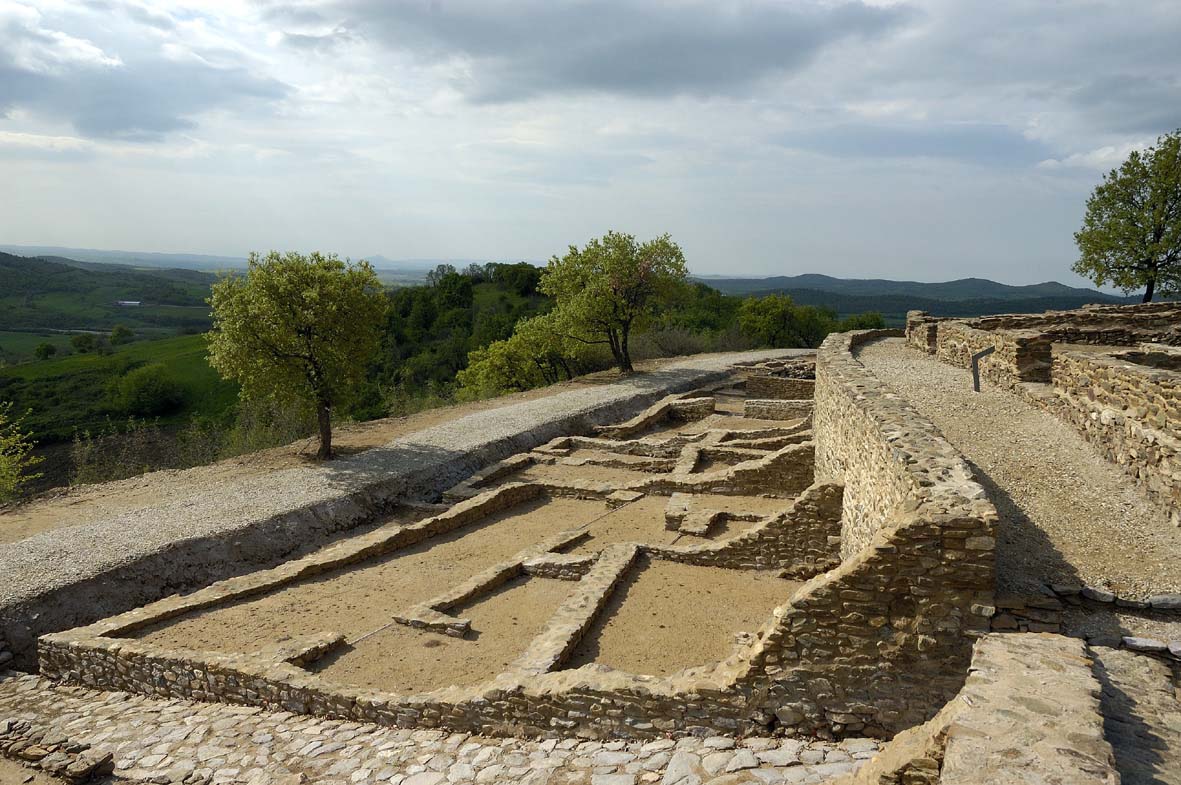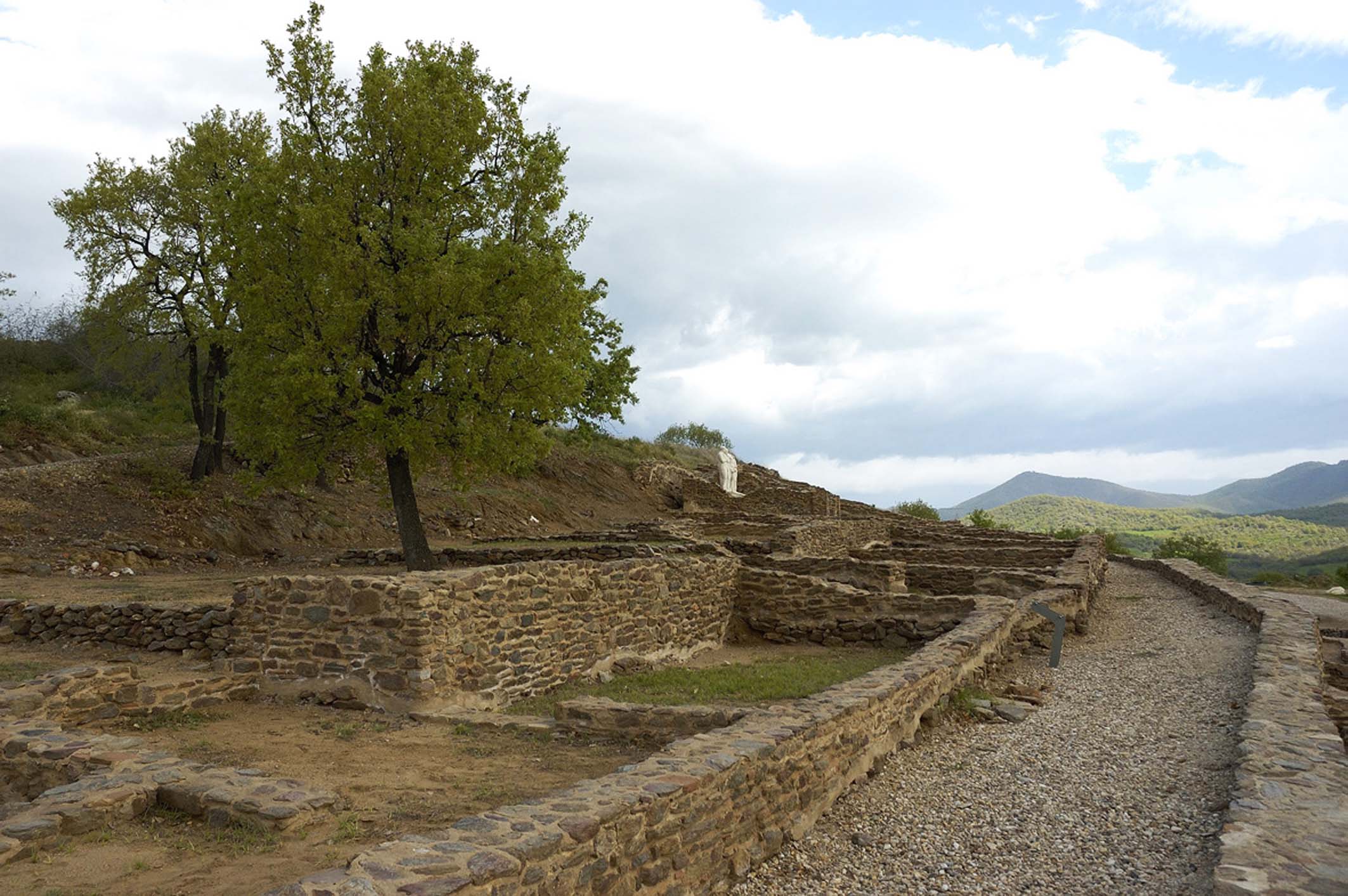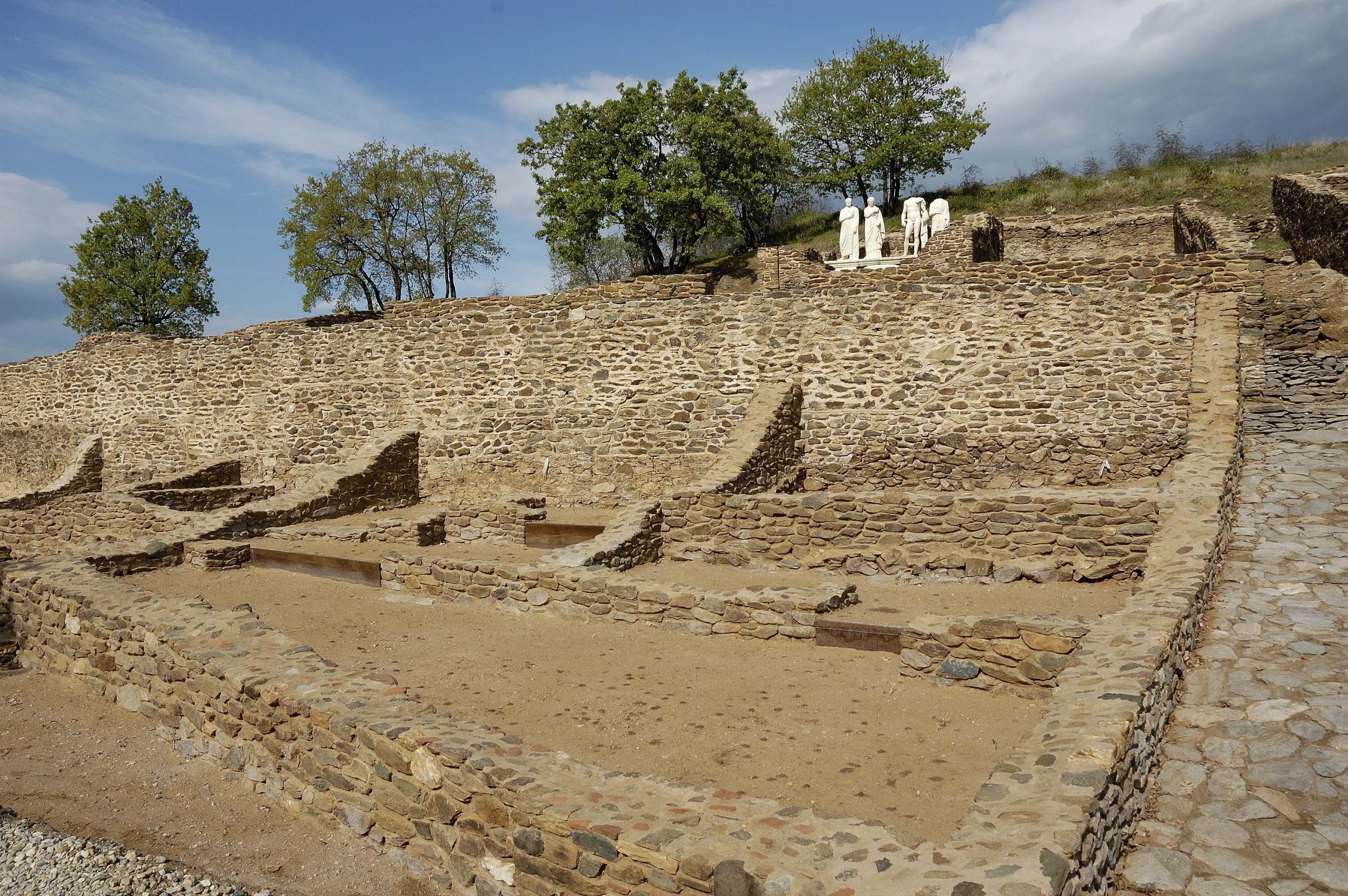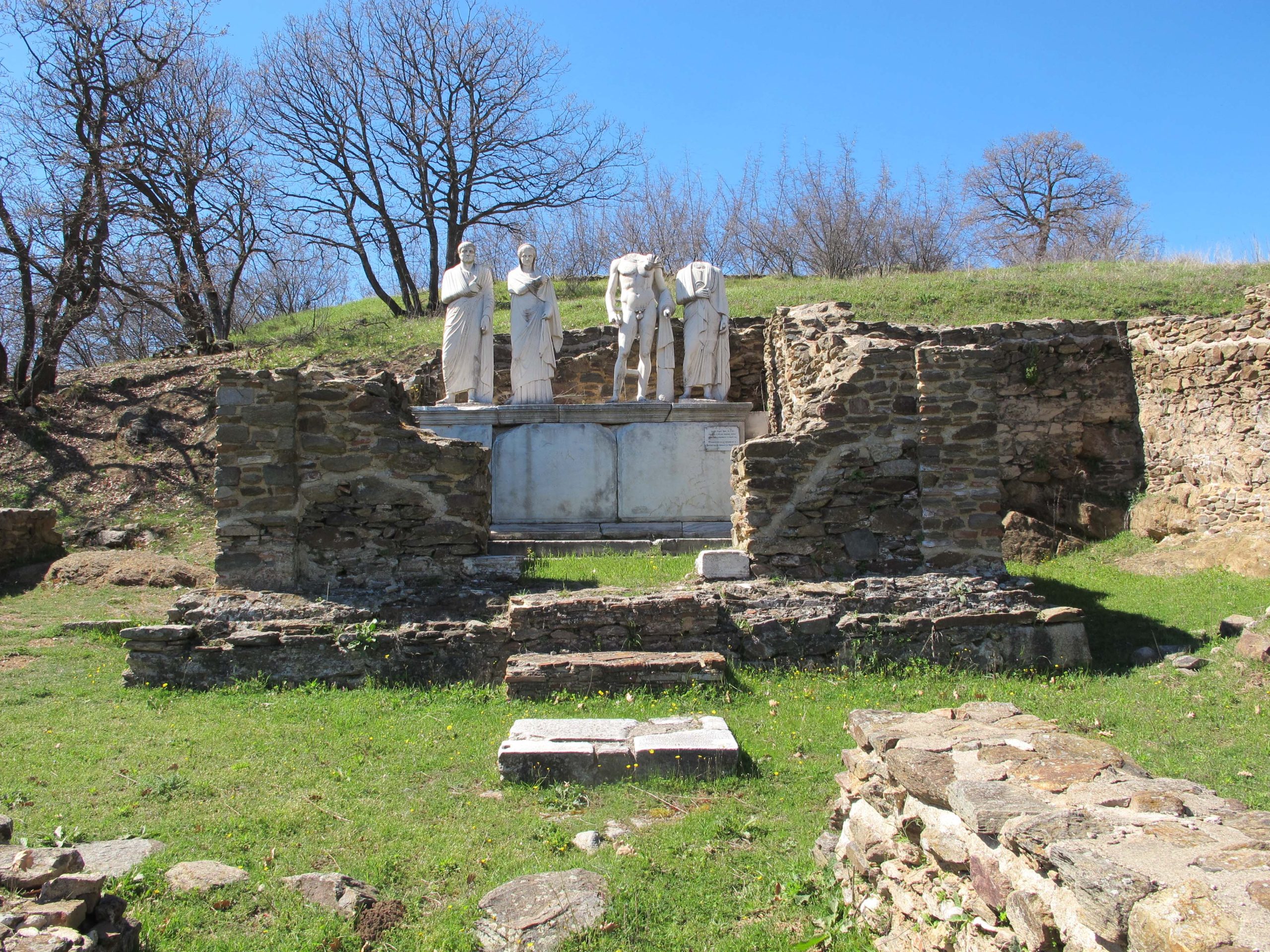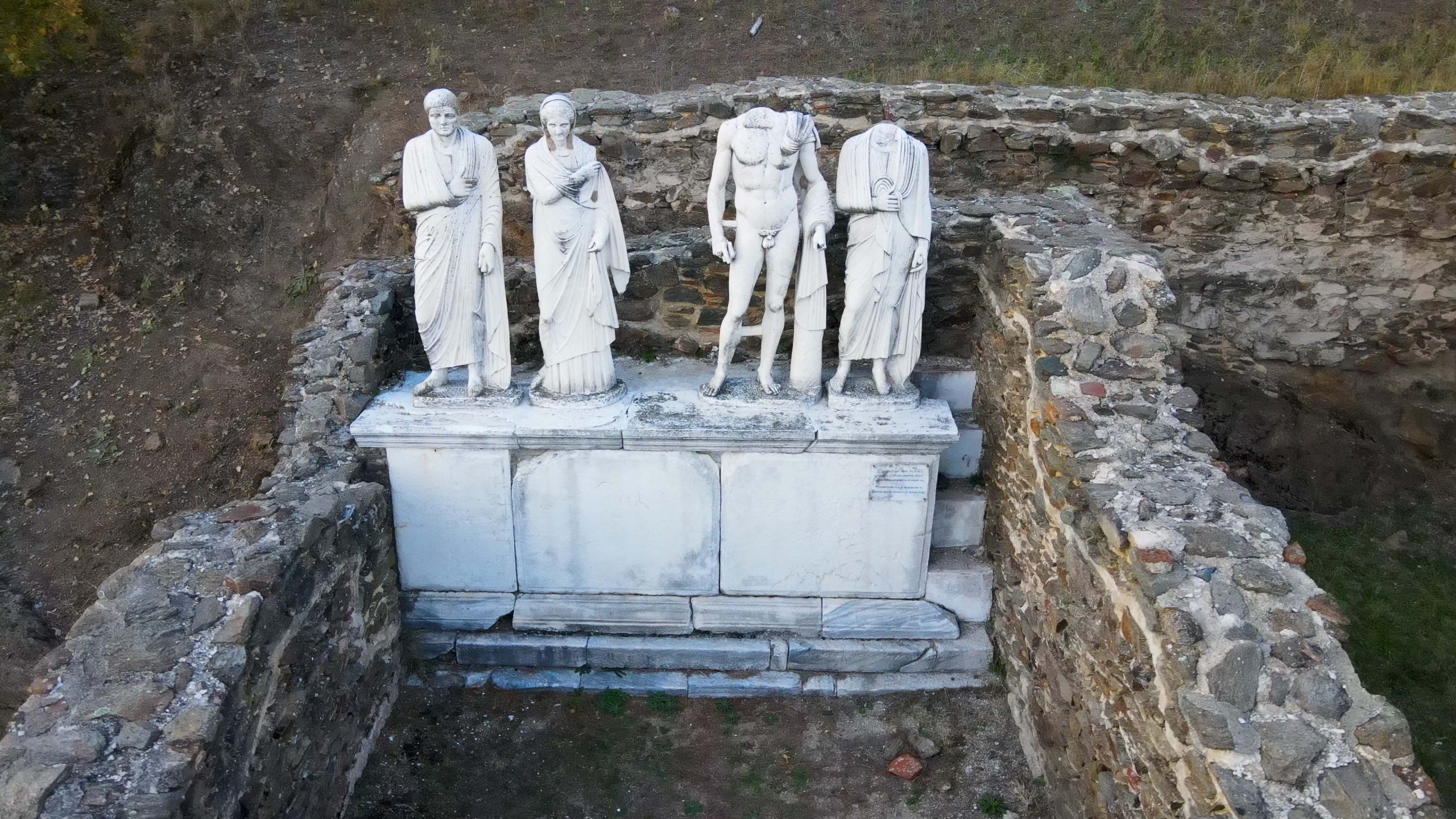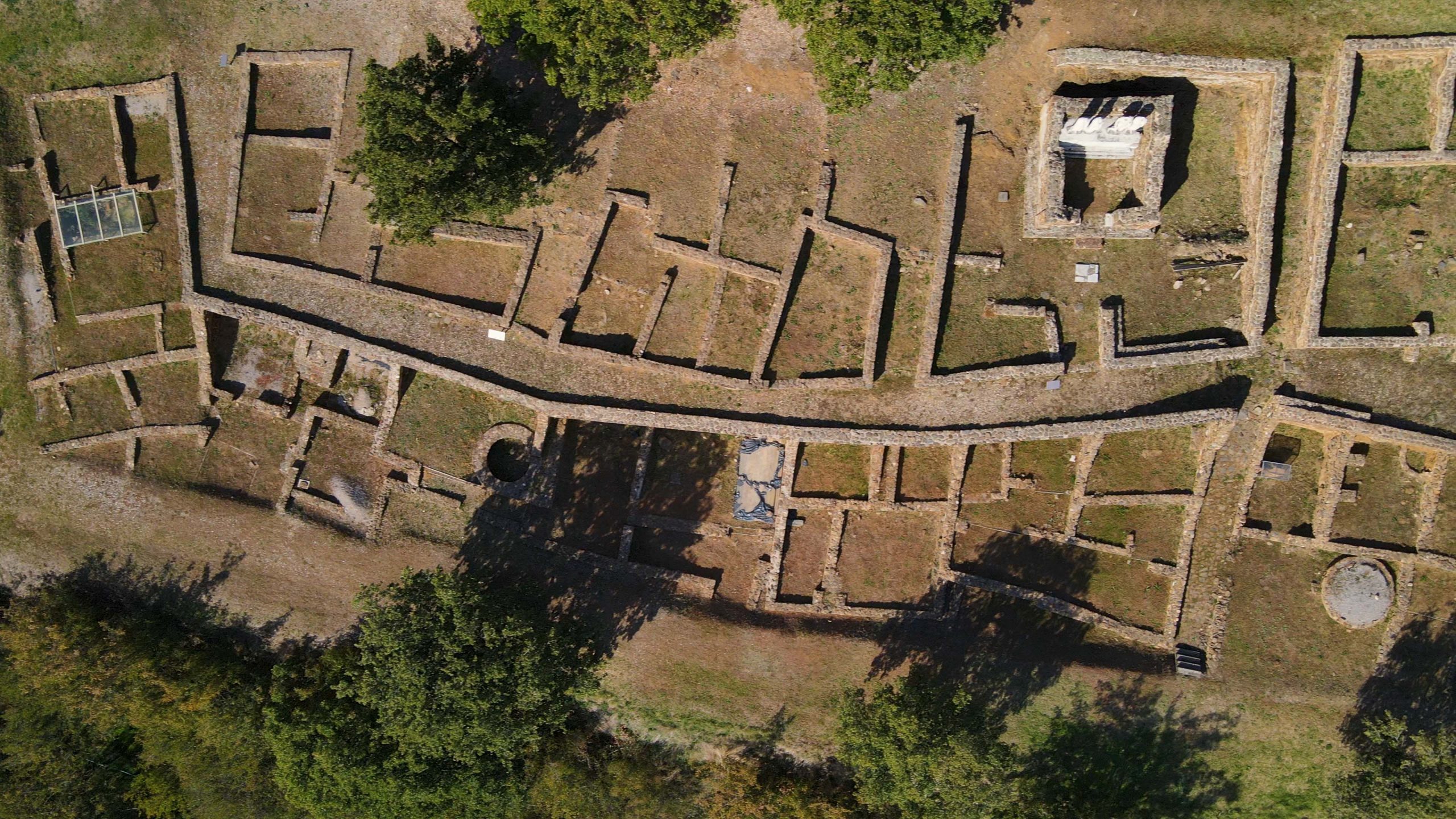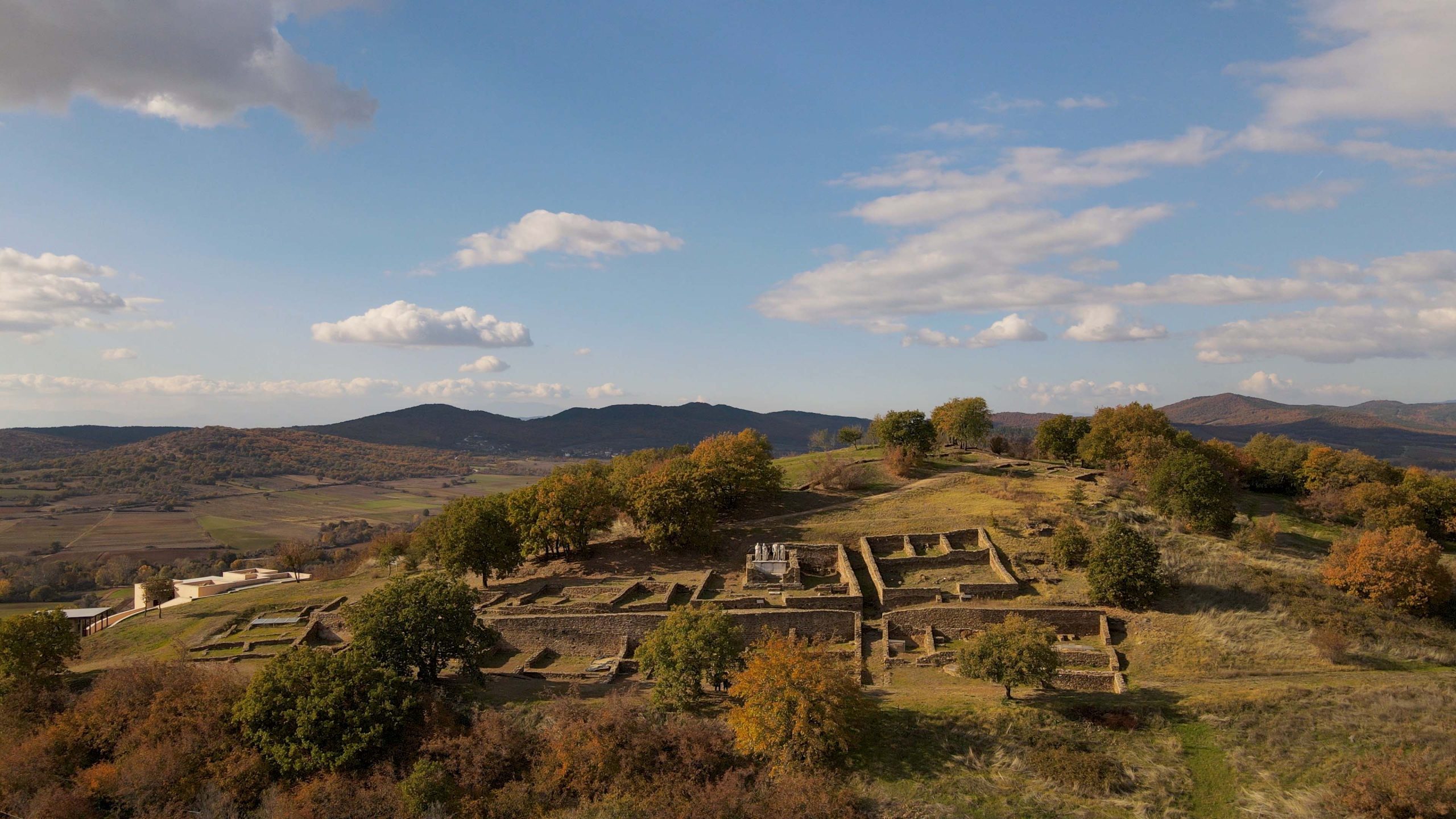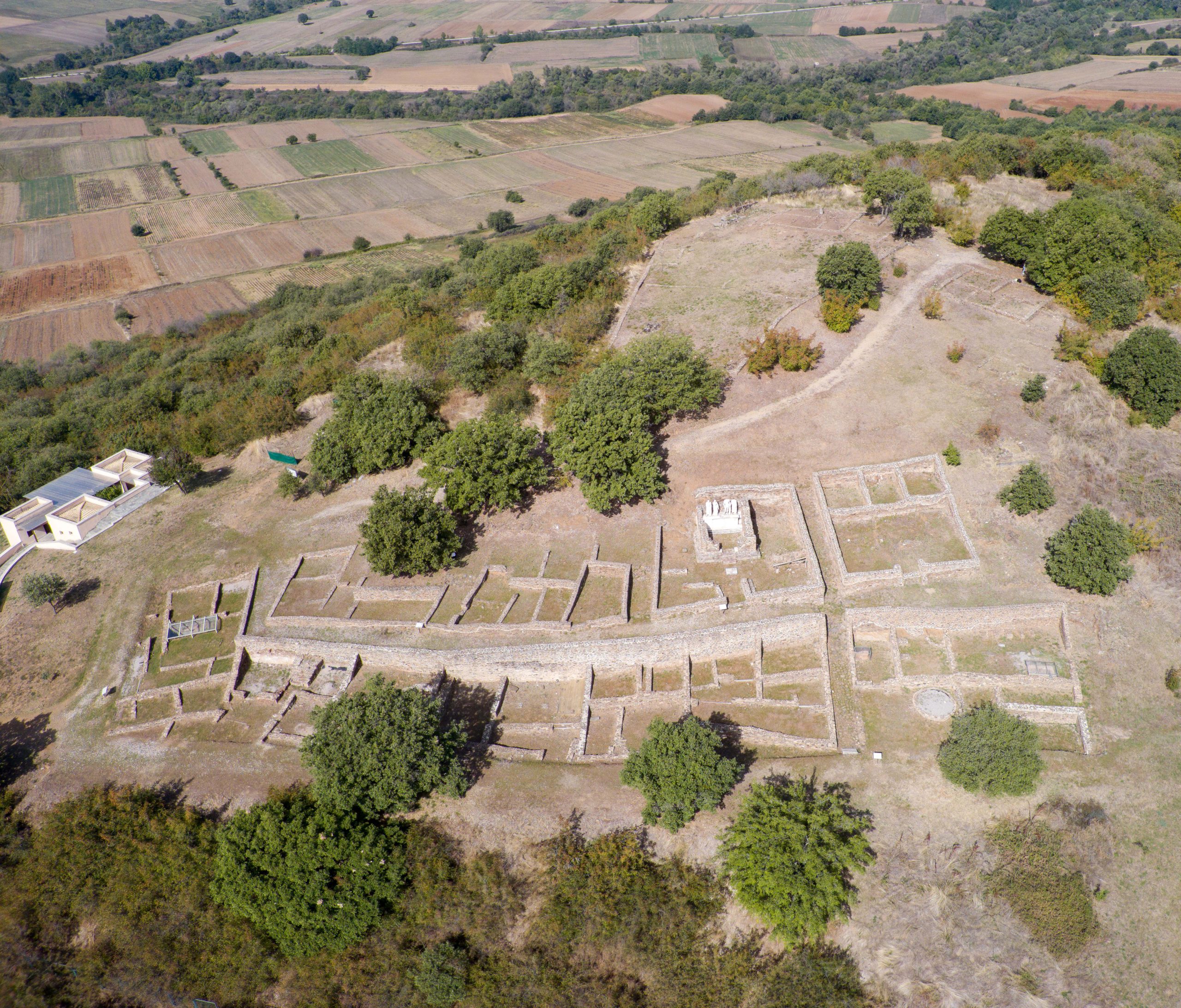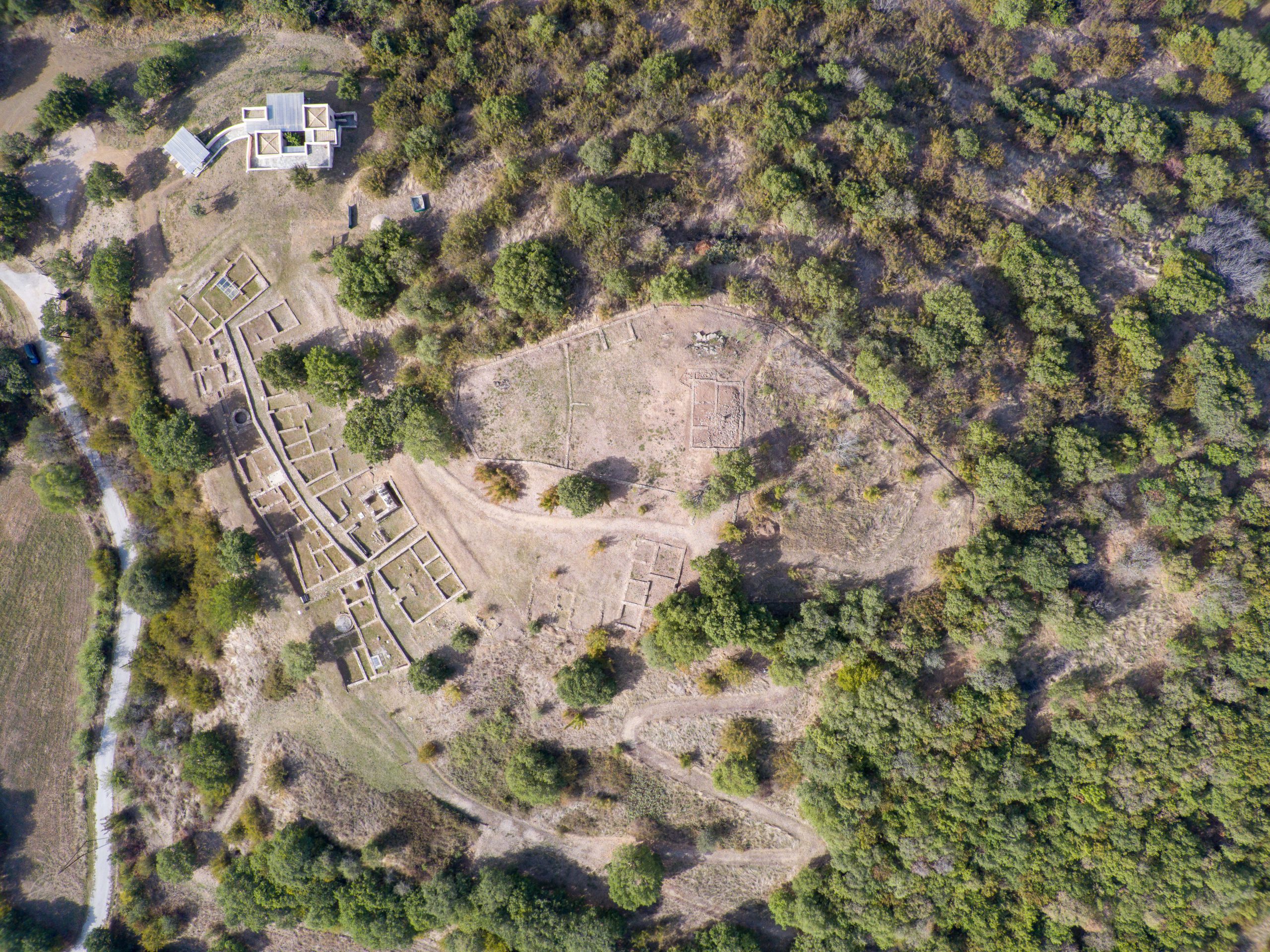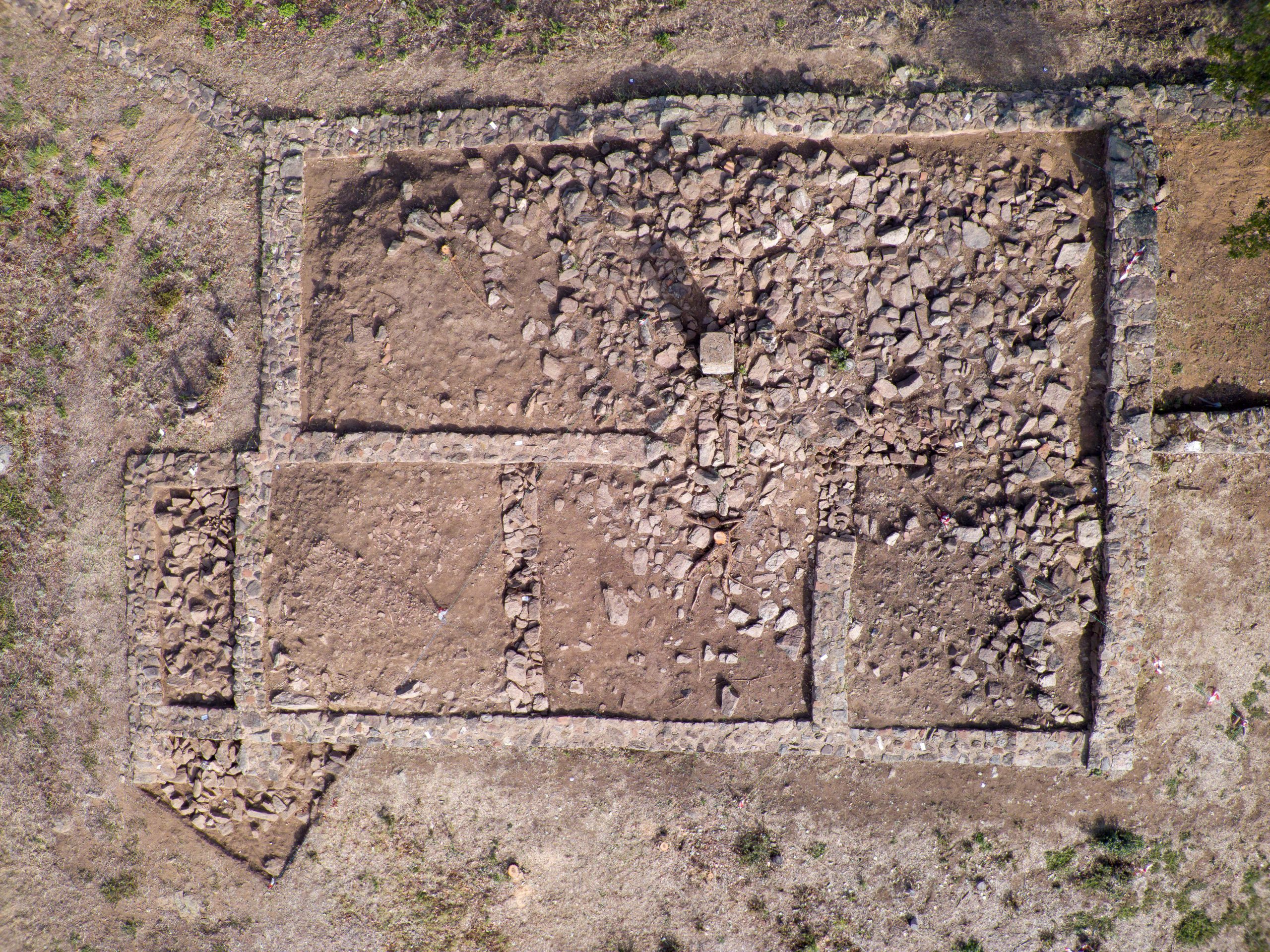This website uses cookies so that we can provide you with the best user experience possible. Cookie information is stored in your browser and performs functions such as recognising you when you return to our website and helping our team to understand which sections of the website you find most interesting and useful.
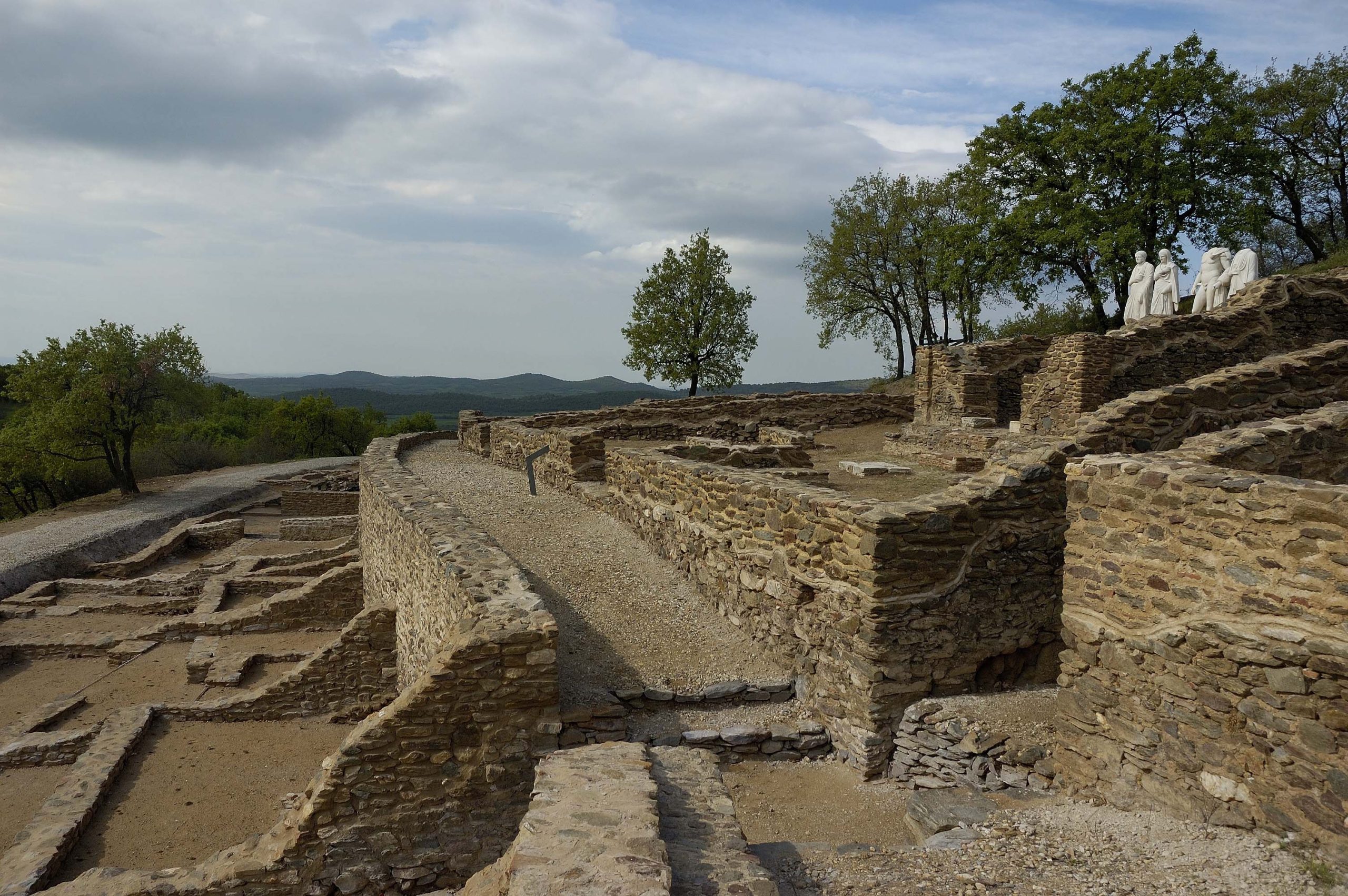
The archaeological site of Palatiano / The roman city of Palatiano
The ancient city of Palatiano lies 20 kms northeast of Kilkis, at the foot of the Kroussia mountain range. It is situated on a strategic location above the valley of Gallikos and its tributaries, offering excellent control over the surrounding roads. The area had already since the ancient times an abundance of wheat crops, pastures, cattle and sheep breeding. Ancient sources shed light on the abundant production of figs, grapes, and olives, while excavation finds indicate fishing activities too. Dense forests covered the slopes, providing shelter to many wild animals and timber for the inhabitants. The economic activities of the area include the exploitation of metal deposits (gold, iron, lead, copper, etc.). Some of them are very close to Palatiano, such as those in Vathi, Myriofyto, and Gerakario. The town is identified by many scholars with the ancient Ioron, but this has not been confirmed by inscriptions. Etymologically, Ioron is associated with the noun ioros (ιωρός), which means “the mountain village, the mountain and its keeper”. The visible ancient ruins belong to a Roman city, which was built on top of earlier settlements. The habitation seems to have been continuous, with many late walls resting on older ones.
The earliest period of habitation is placed in the Early Iron Age (10th – 8th century BC), having as its main trait – according to the excavators – the terraced arrangement of space, realized through the exploitation of the natural slopes. The Roman city flourished from the 1st to the end of the 3th c. AD, when it was destroyed and abandoned. Sporadic burials from the 4th c. AD were found in various parts of it. The Roman city spreads on the slopes of the hill and on its strategically important peak, covering an area of 3.5 acres and being defined by a tripartite polygonal enclosure, which possibly surrounded public buildings. A temple-like honorary monument (Heroon) is found in a prominent position, on the eastern part of the ancient city. A pedestal occupies the west inner side of the building. Four (of the five) statues of members of the honored family of Patraos were placed there. Their names are inscribed on the marble slabs of the pedestal’s façade. North of the monument, a square worship building was found. It is structured in three levels with its entrance on the east side. Scattered finds of figurines, many of which are related to the Mother of the Gods, Kybele, make it very likely that the site had a religious character (Metroon).
